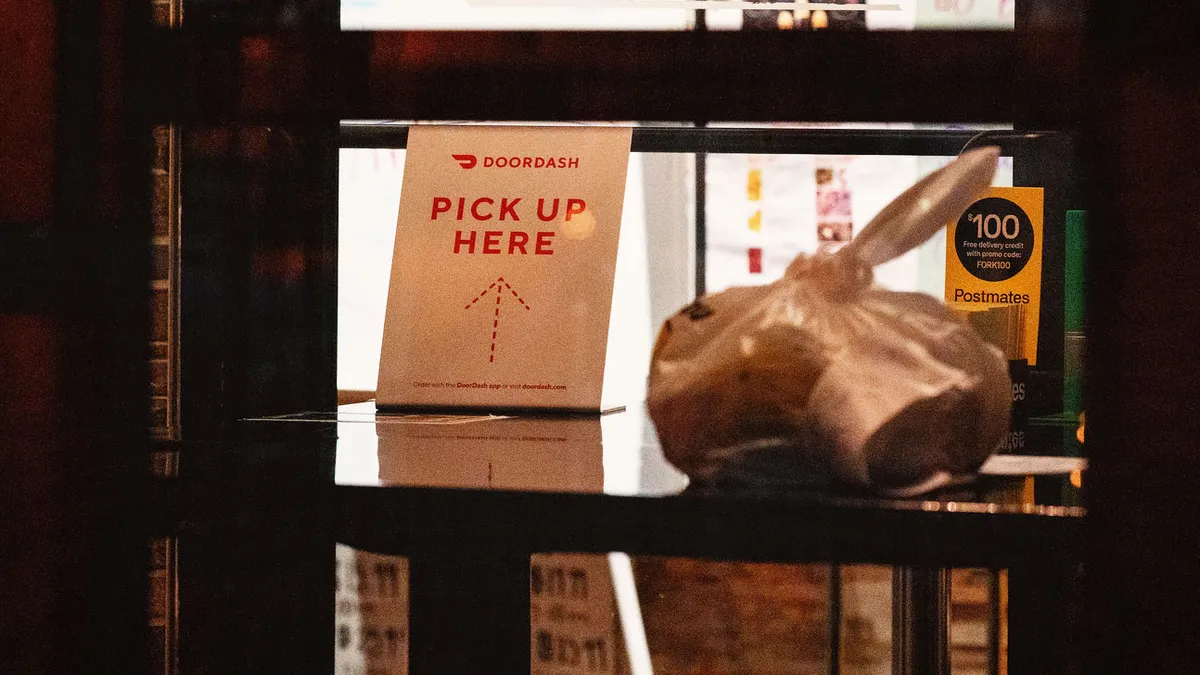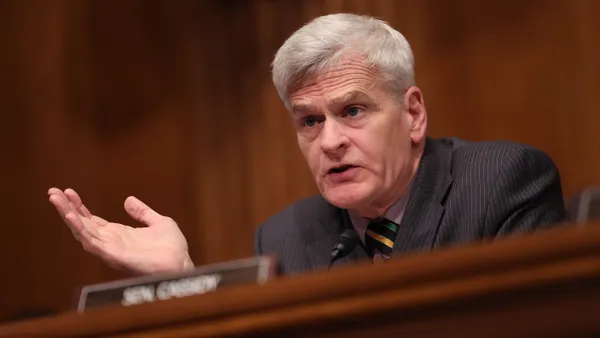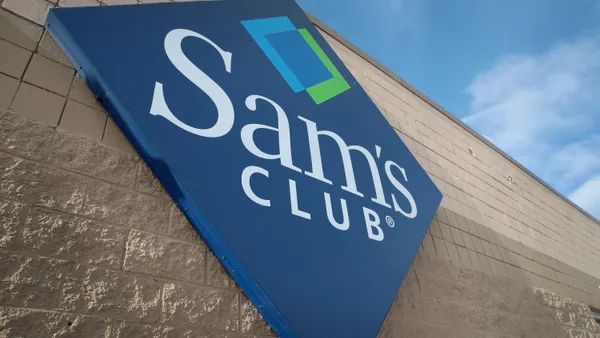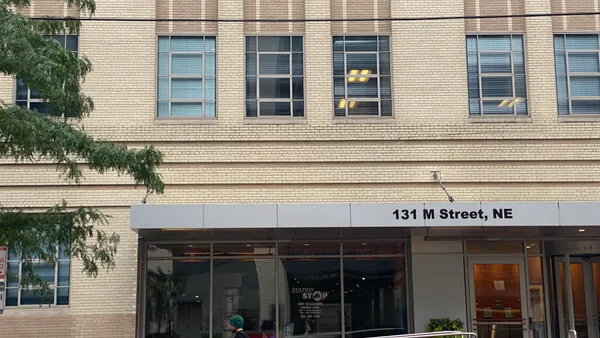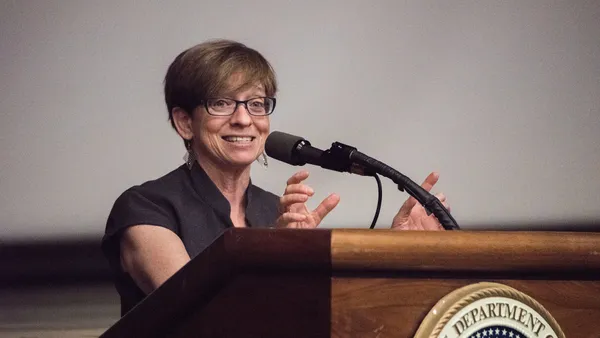Dive Brief:
- The U.S. Department of Labor (DOL) updated April 20 its guidance for employers covered by the Families First Coronavirus Response Act (FFCRA) in order to clarify how an employer may run certain buckets of the law's emergency paid leave concurrently with other paid leave.
- Paid time off that is (a) available to an employee under the employer's policies and (b) allows the employee to care for her child or children because their school or place of care is closed or unavailable for a COVID-19 related reason, may run concurrently with the FFCRA's emergency paid Family and Medical Leave Act (FMLA) leave, DOL said. An employer may require that the leaves in this scenario be run concurrently. Employers may not, however, run employer-provided paid time off concurrently with the FFCRA's paid sick time.
- If an employer requires that non-FFCRA paid time off be run concurrently with emergency paid FMLA leave, it must pay the employee's full pay during that leave until the employee has exhausted available paid time off under the employer’s plan, DOL said, including vacation and/or personal leave. The employer in this situation may only obtain tax credits for wages paid at two-thirds the employee's regular rate of pay, up to $200 per day or $10,000 total.
Dive Insight:
Employers continue to note clarifications of DOL's FFCRA enforcement even as the agency ended its temporary period of non-enforcement of the law April 20.
Last week's updated guidance provided additional details about employer requirements with respect to the FFCRA. For example, an employee who elects to take emergency FMLA leave may, in agreement with her employer, use employer-provided paid time off to supplement the two-thirds pay that an employee receives under the emergency FMLA leave. That way, the employee may receive the full amount of their normal compensation, DOL said.
Additionally, an employee may elect to take the FFCRA's paid sick time or employer-provided paid time off during the first two weeks of FFCRA's emergency FMLA leave — which is otherwise unpaid — but the employee may not use both paid sick time or employer-provided paid time during that two-week period. An employer may not require that an employee do this, DOL said.
Employers with fewer than 50 employees may qualify for an exemption, to be determined on an individualized basis, from two components of the leave guaranteed by the FFCRA, sources previously told HR Dive. A separate exemption exists for those employers that meet the law's definition of "health care provider" or "emergency responder." DOL expanded on these definitions in its final rule.
DOL's implementation of the FFCRA faces a legal challenge from the state of New York, which alleged the agency overstepped and impermissibly narrowed eligibility for the emergency leave, according to the state's lawsuit.



